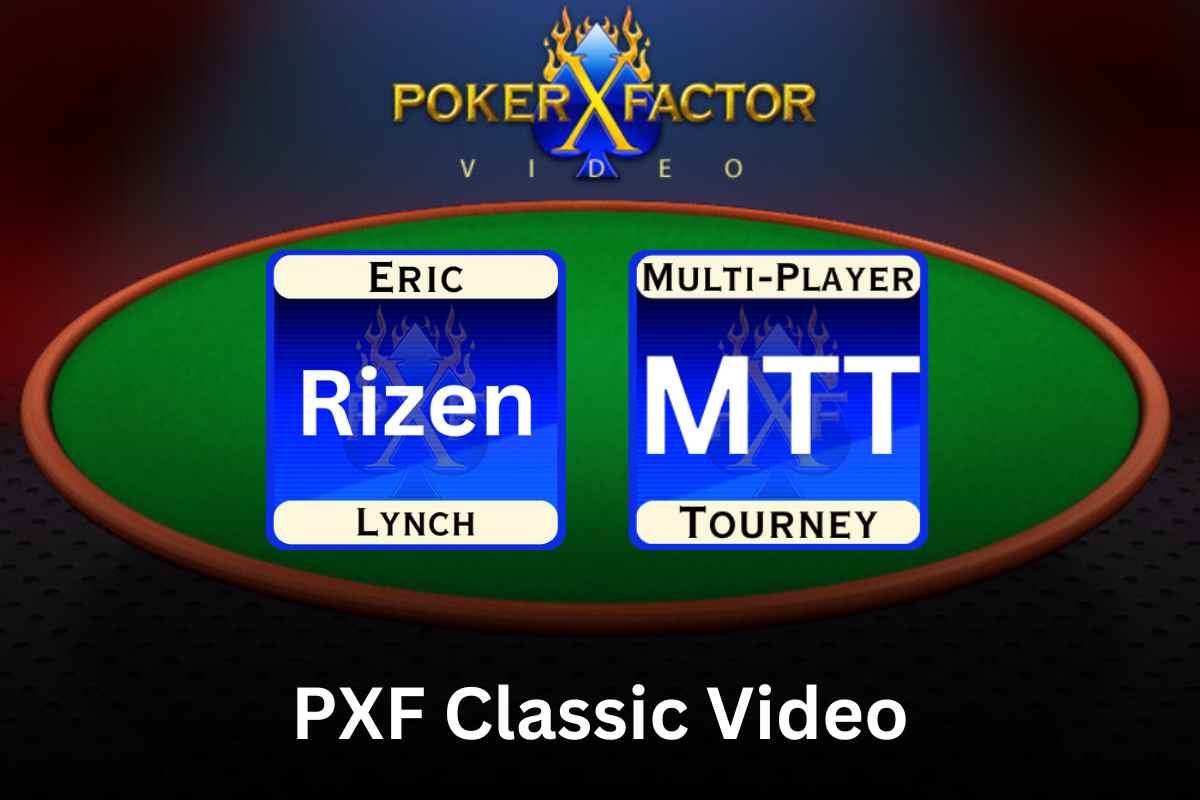Part 2
Highlights:
- Adjusting to Blind Increases: Lynch discusses the impact of blind increases on his stack size and strategy, highlighting the importance of adapting play as the tournament progresses to maintain or improve one’s position in the face of escalating blinds.
- Bubble Phase Strategy: He emphasizes patience and strategic aggression during the bubble phase, identifying opportunities for low-risk steals to accumulate chips. Lynch outlines a nuanced approach to exploiting the bubble, including targeting specific opponents and positions to maximize pressure without overextending.
- Reading Opponents and Emotional States: Lynch delves into the psychological aspect of poker, analyzing opponents’ potential emotional states and how this can affect their decision-making. He uses this insight to adjust his actions, targeting players who may be tilting or playing emotionally rather than logically.
- Positional Awareness and Table Dynamics: Throughout the video, Lynch frequently references the importance of position and adapting strategy based on table dynamics. He discusses how to leverage position, when to apply pressure, and how to adjust to different types of players and stack sizes.
- Decision-Making in Key Hands: Lynch provides detailed analysis of his thought process during significant hands, such as when holding Ace King suited or pocket Aces. These discussions illuminate broader themes of risk assessment, the value of hand strength versus position and action, and the strategic considerations of when to push or fold.

